Rise of Home Baking Culture
The baking mixes market benefits from the rise of home baking culture, which has gained momentum in recent years. Consumers are increasingly turning to baking as a creative outlet and a way to bond with family and friends. This trend is reflected in the growing sales of baking mixes, which are perceived as convenient solutions for home bakers. In 2025, the market for baking mixes is estimated to reach $1.5 billion in North America, driven by this renewed interest in home baking. Social media platforms play a significant role in promoting baking as a hobby, with influencers sharing recipes and tips that inspire others to engage in baking activities. This cultural shift towards home baking is likely to sustain demand for baking mixes, further solidifying their position in the market.
Innovation in Product Offerings
Innovation plays a crucial role in the baking mixes market, as manufacturers continuously develop new products to meet evolving consumer tastes. The introduction of gluten-free, organic, and specialty mixes caters to a broader audience, including those with dietary restrictions. In 2025, the gluten-free segment alone accounts for approximately 15% of the total baking mixes market share in North America. This trend indicates a growing awareness of health and wellness among consumers, prompting brands to innovate and diversify their product lines. Additionally, seasonal and limited-edition flavors are becoming increasingly popular, enticing consumers to try new products. As innovation remains a key driver, the baking mixes market is likely to witness sustained growth and increased competition among brands.
Growing Demand for Convenience Foods
The baking mixes market in North America experiences a notable surge in demand for convenience foods. Busy lifestyles and the increasing number of dual-income households contribute to this trend. Consumers are seeking quick and easy meal solutions, which baking mixes provide. The market for baking mixes is projected to grow at a CAGR of approximately 5.2% from 2025 to 2030. This growth is driven by the appeal of ready-to-use products that require minimal preparation time. As consumers prioritize convenience, the baking mixes market adapts by offering a variety of flavors and formulations, catering to diverse consumer preferences. This shift towards convenience is likely to continue influencing purchasing decisions, thereby shaping the future landscape of the baking mixes market.
Increased Focus on Clean Label Products
The baking mixes market is witnessing a shift towards clean label products, as consumers become more conscious of the ingredients in their food. There is a growing demand for transparency in food labeling, with consumers seeking products that contain natural and recognizable ingredients. In 2025, approximately 30% of consumers in North America express a preference for clean label baking mixes, indicating a significant market opportunity for brands that prioritize ingredient integrity. This trend is prompting manufacturers to reformulate their products, eliminating artificial additives and preservatives. As the clean label movement continues to gain traction, the baking mixes market is likely to evolve, with brands that align with consumer preferences enjoying a competitive advantage.
Expansion of Retail Distribution Channels
The baking mixes market is experiencing an expansion of retail distribution channels, which enhances product accessibility for consumers. Traditional grocery stores, specialty food shops, and online platforms are increasingly stocking a diverse range of baking mixes. In 2025, e-commerce sales of baking mixes are projected to account for approximately 20% of total sales in North America, reflecting a shift in consumer shopping habits. This expansion allows brands to reach a wider audience and cater to varying consumer preferences. Additionally, partnerships with retailers and online marketplaces enable brands to promote their products more effectively. As distribution channels continue to diversify, the baking mixes market is poised for growth, driven by increased consumer access and convenience.


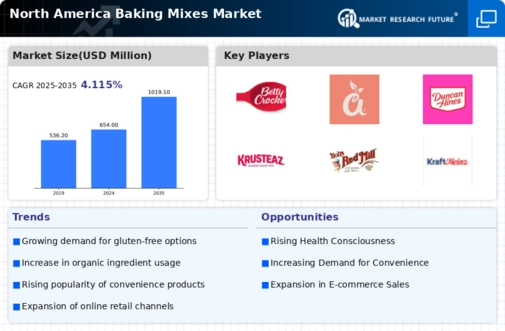
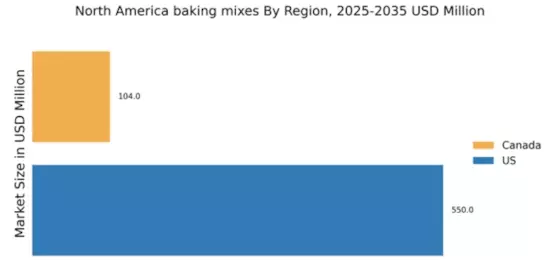
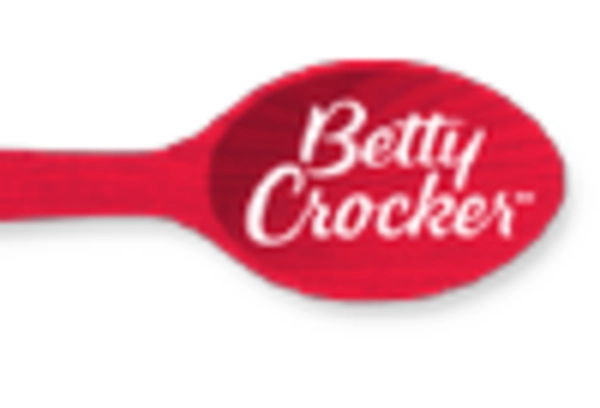
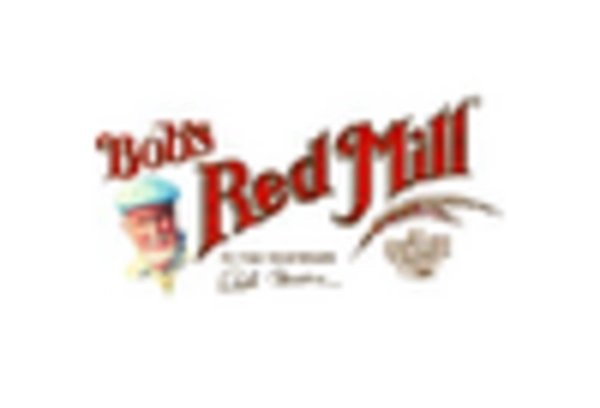


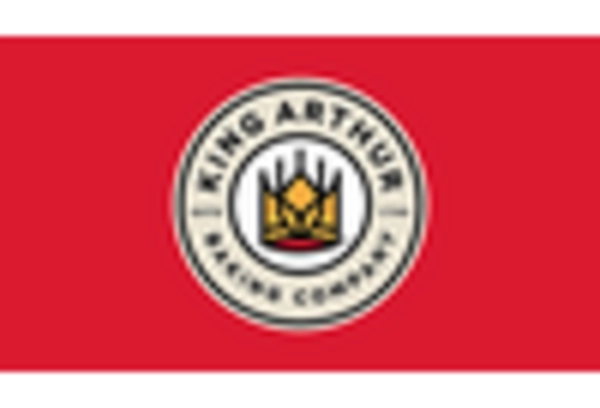









Leave a Comment